Earth to ISS: Carlton Observatory, Evergreen help students talk to astronaut aboard space station
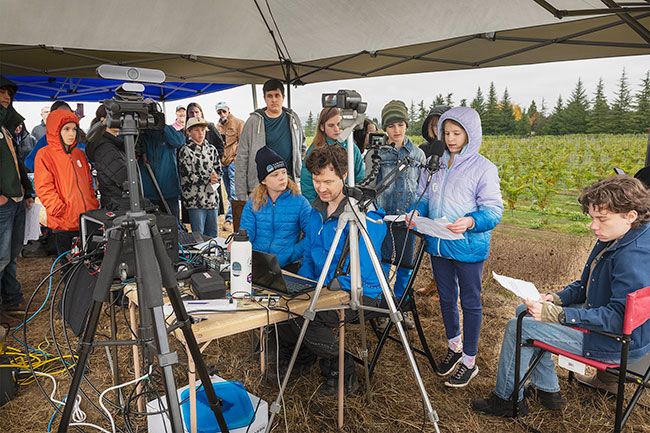
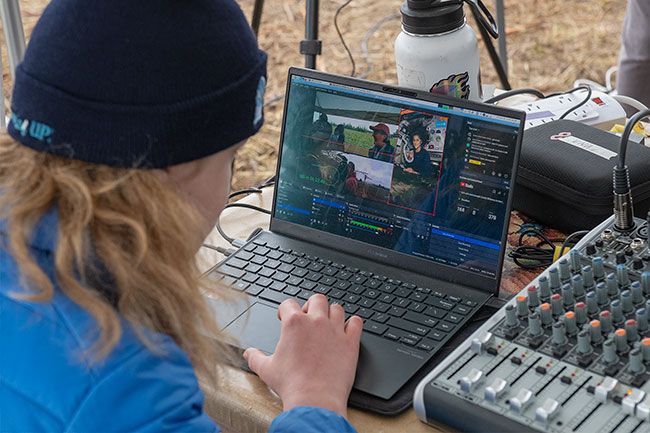
But Zeke Wheeler knew exactly where the ISS was in its 17,500 mile per hour orbit above the earth.
“In 54 seconds the ISS will be passing the horizon,” said the 13-year-old, who had been working toward this moment for five years.
The clock kept ticking toward 11:30 a.m. “In 24 seconds it will be 1 degree below the horizon … now it’s 0.1 degrees above the horizon….”
It was four seconds after 11:30, and time for Zeke to start trying to call the space station. “K J 7 N L L,” he said into a mic, giving his amateur radio (HAM) call numbers. “KJ7MLL. I copy but the signal is still very weak and scratchy….”
A few yards away, the antenna built by Zeke and his father, Eric Wheeler, swiveled toward the path of the ISS. Static sounded over the speakers Zeke had set up earlier that morning on the berm behind the museum, the site that soon will hold the Carlton Observatory at Evergreen.
Crowd members held their breath.
“NAISS,” a voice said in response to Zeke’s calls, still scratchy but understandable. He tuned a knob, and the voice became recognizable as American astronaut Sunita Williams.
The crowd cheered.
“It is a great honor to connect,” Zeke said.
It was the fulfillment of a dream, as well. Zeke has wanted to connect with the ISS since he was 8 years old, said Janet Zuehlke of Carlton, co-founder of the Carlton Observatory, who had been working with the Beaverton youngster to help make Friday’s event possible.
Evergreen also contributed. In addition to the outdoor location for the event, the museum offered a live hook-up for spectators in the Space Museum’s Galaxy Theater.
While Carlton Observatory sponsored the event and Evergreen provided the site, Zuehkle said it was really Zeke’s efforts that made it all possible. He set a goal at age 8 and worked steadily toward it, with help from his dad, who grew up in Newberg.
Together, they earned their HAM licenses and learned about electronics, radio signals, circuit boards, the ISS and other topics. They build the antennas and other equipment needed for the link. They received permission from NASA and were given a scheduled time — 11:30:04 a.m. PST — to talk with astronaut Williams.
Zeke’s school, the statewide online academy TEACH-NW, supported his project. In fact, many of the school’s 650 students got involved; they worked in teams to come up with 20 questions for the astronaut during the 10-minute window available while the ISS was directly overhead.
As students lined up at the mic, Zeke monitored the connection proudly. Zuehlke said Zeke was happy to let his classmates ask the question, adding that he’s the kind of guy who wants to provide special experiences for others.
They asked good questions, said the astronaut, who answered each one.
How does the ISS make oxygen?
From H2O, Williams said.
How do astronauts, cosmonauts and other space travelers communicate?
Americans learn Russian; Russians learn English; others learn either or both, she said.
What is a day on the ISS like?
They maintain a workday like on Earth, usually rising at 6 a.m., doing experiments, medical tests and other things during the day and going to bed about 10 p.m., she said.
How has being in space changed her perspective on Earth?
“We have one planet,” Williams said. “It’s hard to think of people on Earth not being happy with what they have.”
Are you ever bored?
“I can’t imagine being bored. I learn something new every day,” she said.
Could you see the aurora borealis?
Yes, the astronaut said, we saw it below us — she was on a space walk at the time.
The latter question was asked by Emmeline Matthews of Medford, who came to McMinnville with her family for the event. She had seen the aurora borealis herself, she said; that was interesting, but getting to talk to an astronaut on the ISS was more so.
“It was really fun and exciting,” she said. “I know that was a once-in-a-lifetime chance.”
Zeke felt the same way, although in the opinion of Zuehlke and educators at Friday’s event, this will not be the last time he’s involved in communication with space and other technological events.
“It went totally to plan,” he said. “It was awesome.”
Then he turned to shake hands and exchange hugs with spectators, fellow students and relatives.
His grandmother, Joanie Wheeler, of Newberg had tears streaming down her face as she grabbed him in a bear hug.
“Zeke’s my BFF,” she said, “and I’m his.”



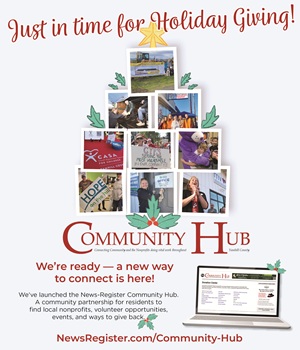




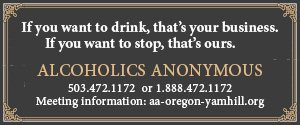
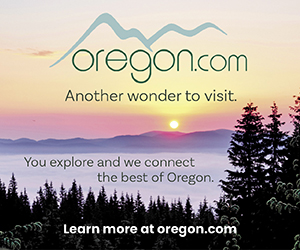
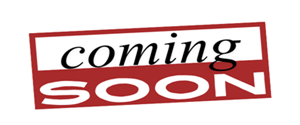

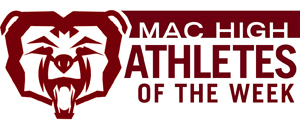
Comments